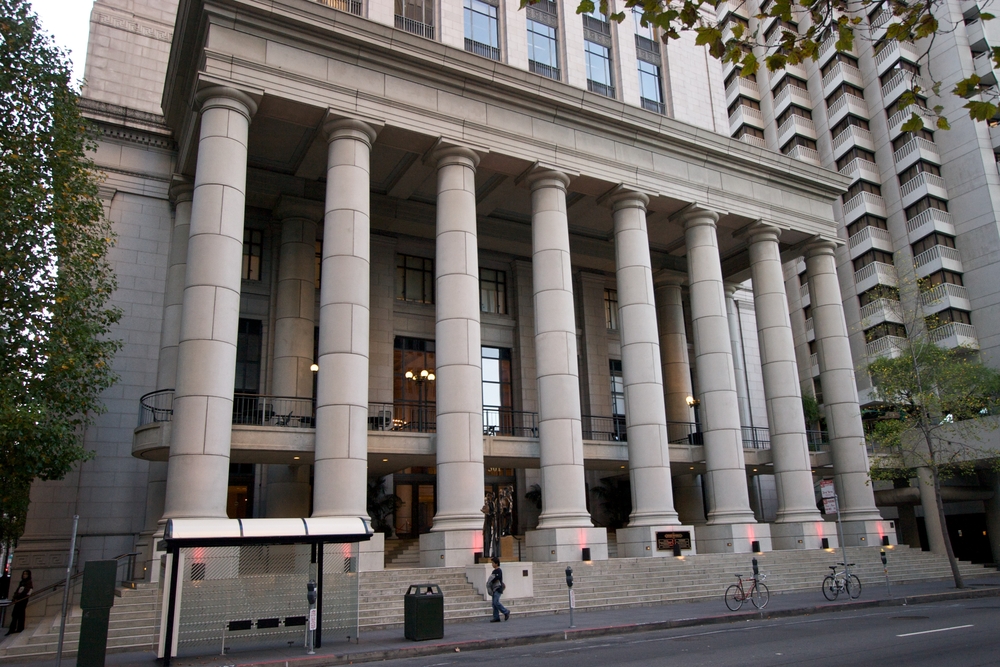Fed Explains The Bitcoin Crash: What Were They Thinking?
bitcoin·@sothea007·
0.000 HBDFed Explains The Bitcoin Crash: What Were They Thinking?
 I heard a really dumb idea the other day. In fact, it was so ridiculous that I wanted to just laugh it off and forget about it. But because it involved something that cost real money and that money was paid by taxpayers like you and me, I had to share it. OK, so here we go. On Monday, the Federal Reserve Bank of San Francisco and a Stanford University professor released a report concluding the launch of bitcoin futures last December contributed to the ensuing price collapse. With all respect due the brilliant minds that are nestled into Stanford or the San Francisco Fed, this is more than just far fetched stuff. Quite frankly, it is junk. The advent of futures trading in bitcoin had as much to do will falling bitcoin prices as the swallows returning to Capistrano: totally ridiculous. A Few Facts After reading through the report, I realized that much of their conclusion was based on a favorite tool of statistical research: correlation. Bitcoin futures trading began on December 10, about the time that the price peaked on December 18th at just over $19,000. Drawing from the Fed’s data bank showed how other asset prices corrected when future contract trading was started. For them, that was enough to prove their case. // -- Become a yearly Platinum Member and save 69 USD and get access to our secret group on Workplace. Click here to change your current membership -- // Birds flying north correlate almost 100% to the arrival of spring. But they don’t cause it. Here are just a few facts to illustrate the lack of cause and effect. In the first month of bitcoin futures trading, reports were coming from all over of the sheer lack of volume in bitcoin futures. In fact BarChart.com shows the CME traded a measly 932 contracts while the CBOE handled 3,887. Of that total some 2,828 contracts were still “Open Contracts” on December 29th. Open interest measures how many contracts had been bought but not sold during the period. In other words, not only was there almost no interest in bitcoin futures but more than half remained open at the end of the month. To be clear, unlike other futures contracts, a bitcoin future is equal to one single bitcoin not thousands of barrels of oil, for example. So let’s put this total of less than 5,000 futures into context. During the month of December and for the months that followed up to April 1, itcoin traded an average about 1.4 million digital coins per week. Fed Bias Or Just Bitcoin Bias To many readers the San Francisco/Stanford report may be just another headline to be filed away on your hard drive. So you may ask, what is the point of all the fuss? The first reason has to with SFO Fed Chair and soon to be President of the New York Fed, John Williams. This guy is no friend of crypto. He holds an outspoken opinion that cryptocurrencies don’t represent a storehouse of value. Clearly crypto investors won’t have a friend when Williams takes over the largest position in the Fed system next to the Chair. Extraordinary Popular Delusions And The Madness of Crowds In explaining the movement of asset prices there is one correlation that is almost never mentioned. It is the correlation between asset prices and the public assessment of those prices. The correlation is proven everyday in the changes of prices for bitcoin, Ethereum, Ripple and the bazillion of altcoins out there. Way back in 1841, Charles Mackay published a three part volume titled Extraordinary Popular Delusions And The Madness of Crowds. For the record, he broke down into Natural Delusions, Peculiar Follies and Philosophical Delusions. Mackay’s work may be older than your great grandmother but it is suggested reading for crypto investors in general and specifically for anyone trying to make sense of the crypto crash. It explains in clear terms how, when certain events take place, mankind desperately searches for reasons to explain the happening. Just for the record, the official celebration for the return of the swallows to Capistrano was March 19, which correlates with the beginning of the most recent crypto rally. Well, finally we now have irrefutable evidence of why things have been going so well lately. Source: https://hacked.com/fed-explains-the-bitcoin-crash-what-were-they-thinking/
👍 cheetah,